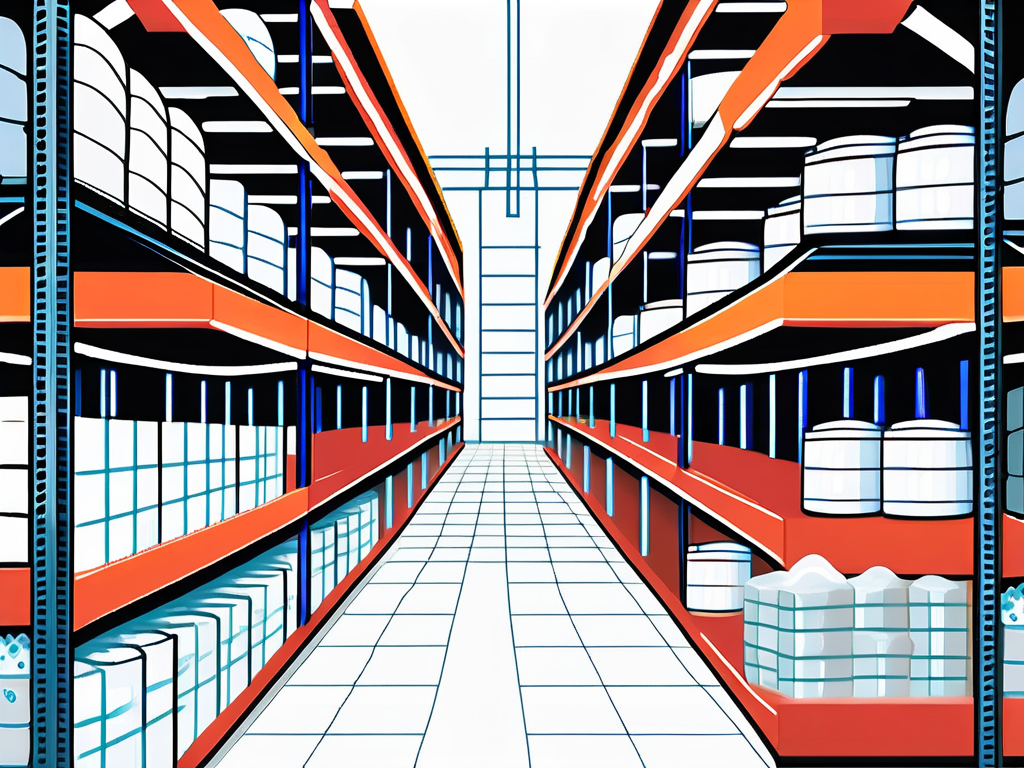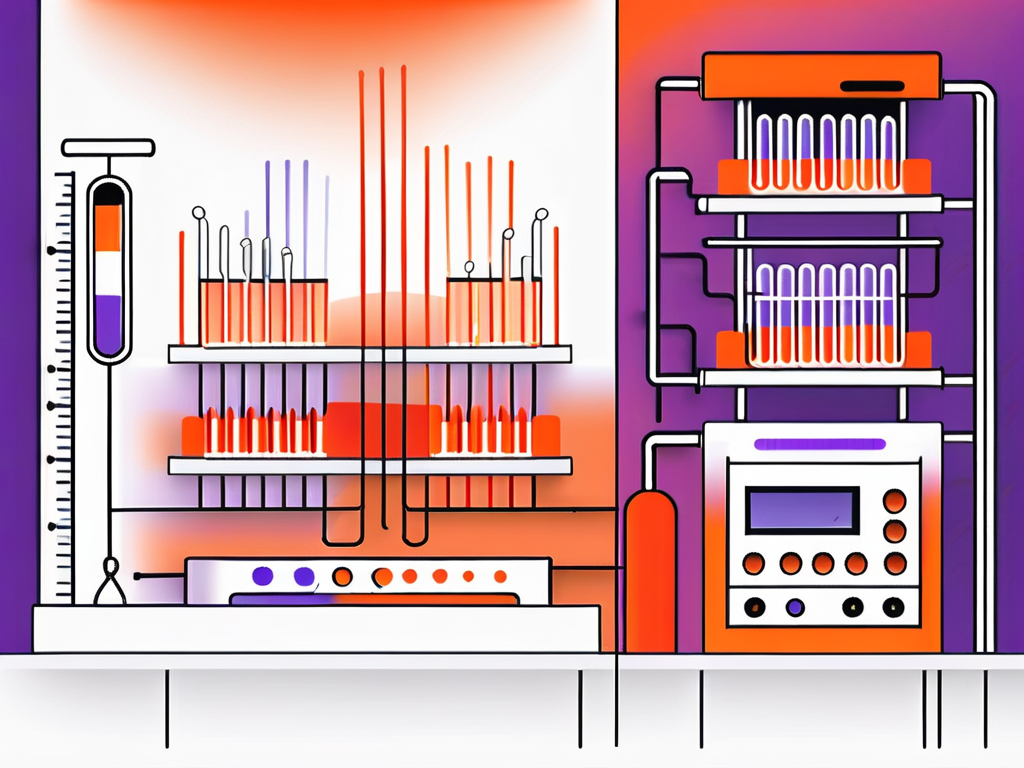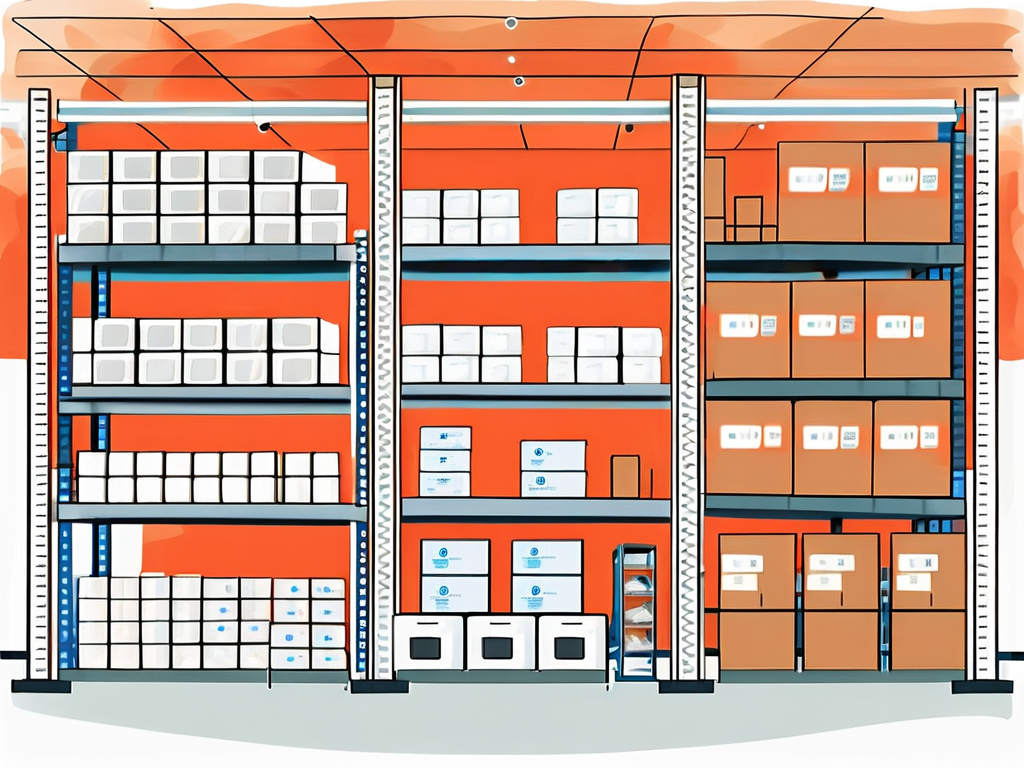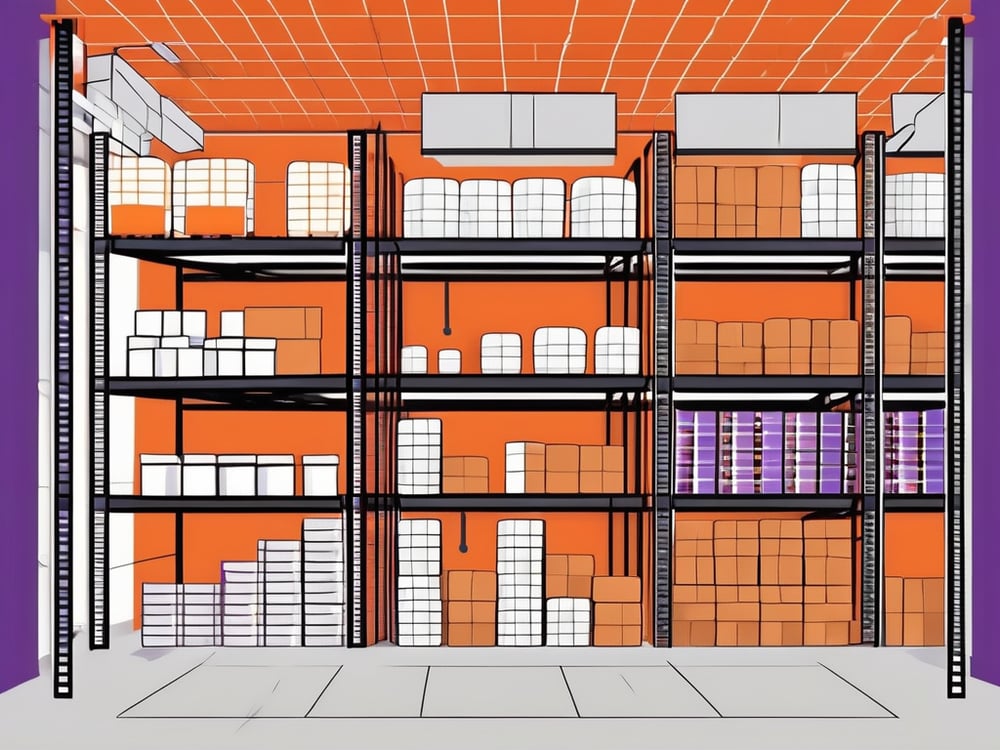Temperature control is not just a matter of comfort; it’s a crucial factor in ensuring the quality and safety of products stored in warehouses.
In logistics, understanding the key warehouse temperature terms is essential for maintaining optimal conditions and meeting regulatory standards.
In this blog post, we will:
- Dive into the world of temperature control in warehousing
- Explore the terms and concepts that every logistics professional should be familiar with
- Learn regulatory standards that you should be aware of
Table of Contents
Toggle3 Main Warehouse Temperature Terms You Should Know
To effectively navigate the temperature control landscape in logistics, it’s crucial to understand the following basic warehouse temperature terms:
Defining Cold Chain in Logistics
The cold chain refers to a temperature-controlled supply chain that maintains specific temperature ranges for the storage and transportation of perishable goods. This includes everything from food and beverages to pharmaceuticals and vaccines. It ensures that the products remain within the required temperature range from production to consumption, maintaining their quality and safety.
What is Ambient Temperature?
Ambient temperature refers to the temperature of the surrounding environment. It is the baseline temperature within a space and can vary based on factors such as:
- Location
- Weather conditions
- Human activity
In warehousing, ambient temperature plays a significant role in determining the overall temperature control requirements for different types of products.

The Meaning of Controlled Room Temperature
The term “controlled room temperature” (CRT) refers to a specific temperature range recommended for storing and handling products that are not highly temperature-sensitive.
It typically ranges between 15 to 30 degrees Celsius (59 to 86 degrees Fahrenheit). Products within this range can withstand moderate temperature variations without significant impact on their quality or efficacy.
Understanding the importance of maintaining controlled room temperature is essential for various industries, including pharmaceuticals, where certain medications and vaccines must be stored within specific temperature limits to remain effective.
Failure to adhere to these temperature requirements can lead to product degradation and loss of potency, rendering the medications ineffective and potentially harmful to patients.
Advanced Temperature Terms in Warehousing
Going beyond the basics, let’s explore some advanced temperature terms that logistics professionals should be familiar with:

Exploring the Concept of Temperature Excursion
Temperature excursion refers to an unplanned and temporary deviation from the desired temperature range. It can occur during transportation or storage due to:
- Equipment failure
- Power outage
- Human error
Temperature excursions can compromise:
- Quality
- Safety
- Efficacy
…of temperature-sensitive products. Monitoring and mitigating excursions are critical to ensure the integrity of the goods.
Understanding the impact of temperature excursions is crucial in the pharmaceutical and food industries, where maintaining product quality is paramount. For example, vaccines must be stored within a specific temperature range to remain effective.
A temperature excursion in a vaccine storage facility could render the entire stock unusable, leading to significant financial losses and potential public health risks.
Understanding Temperature Mapping in Warehouses
Temperature mapping involves the systematic monitoring of temperatures throughout the warehouse. By strategically placing temperature sensors or loggers at different locations, logistics professionals can identify temperature variations within the facility.
This knowledge helps optimize temperature control systems, identify areas prone to fluctuations, and enhance overall warehouse operations.
Temperature mapping is not a one-time activity but rather an ongoing process that requires regular review and adjustment. As seasonal changes and warehouse layout modifications can impact temperature distribution, continuous monitoring helps ensure that the storage environment remains consistent and compliant with regulatory requirements.
By analyzing temperature mapping data over time, warehouse managers can make informed decisions to improve energy efficiency and product quality.
Temperature Control Technologies in Warehousing
Effective temperature control in warehouses relies on various technologies:
The Use of HVAC Systems in Warehouses
Heating, ventilation, and air conditioning (HVAC) systems play a critical role in maintaining optimal temperatures within a warehouse.
They help regulate airflow, humidity, and temperature, ensuring a controlled environment for temperature-sensitive products. Properly designed and maintained HVAC systems are crucial in preventing temperature fluctuations and maintaining product quality.
The Role of Insulation in Maintaining Warehouse Temperature
Insulation is another crucial factor in warehouse temperature control. It helps reduce energy losses, minimize temperature variations caused by external factors, and create a stable environment. Insulation materials, such as insulating panels or foam, are strategically installed throughout the warehouse infrastructure to minimize heat transfer and maintain the desired temperature range.
Moreover, in addition to HVAC systems and insulation, another key technology used in temperature control in warehouses is the implementation of temperature monitoring systems. These systems consist of sensors placed strategically throughout the warehouse to continuously monitor temperature levels.
The data collected by these sensors is then analyzed in real-time, allowing warehouse managers to make immediate adjustments to the HVAC settings or insulation as needed to maintain the desired temperature.
Automation and Smart Technology for Enhanced Temperature Control
Advancements in automation and smart technology have revolutionized temperature control in warehouses. Automated systems can now regulate temperature settings based on real-time data, weather forecasts, and product requirements.
Smart technology allows for remote monitoring and control of temperature settings, providing warehouse managers with greater flexibility and efficiency in managing temperature control.
Regulatory Standards for Warehouse Temperature
Regulatory compliance is essential for operating a temperature-controlled warehouse. Let’s explore the relevant regulatory standards:

Overview of FDA Regulations on Warehouse Temperature
The U.S. Food and Drug Administration (FDA) sets strict guidelines for temperature control in the storage and distribution of pharmaceuticals, medical devices, and certain food products. Complying with FDA regulations is critical for ensuring product safety, efficacy, and consumer confidence. Failure to comply can lead to legal consequences and damage to a company’s reputation.
International Standards for Temperature Control in Warehousing
On an international scale, organizations like the International Organization for Standardization (ISO) set standards for temperature control in warehousing.
ISO standards provide guidelines and best practices for maintaining temperature control throughout the supply chain, ensuring product quality and safety across borders.
Moreover, it is important to note that different regions may have specific regulations regarding warehouse temperature control.
For example, the European Medicines Agency (EMA) in Europe and the Pharmaceutical Inspection Co-operation Scheme (PIC/S) internationally have their own set of guidelines to ensure the safe storage and distribution of pharmaceutical products. In addition to regulatory standards, technological advancements play a crucial role in enhancing warehouse temperature management.
The use of IoT (Internet of Things) devices and sensors allows real-time monitoring of temperature conditions, ensuring immediate responses to any deviations. Automated temperature control systems help maintain consistency and accuracy in temperature-sensitive environments, reducing the risk of product spoilage or damage.
Stay Up to Date with Warehouse Temperature Terms and Trends
Understanding the key warehouse temperature terms in logistics is imperative for maintaining product integrity, complying with regulations, and ensuring customer satisfaction. Consistent temperature control, advanced monitoring technologies, and adherence to regulatory standards are essential in the ever-evolving world of warehousing.






